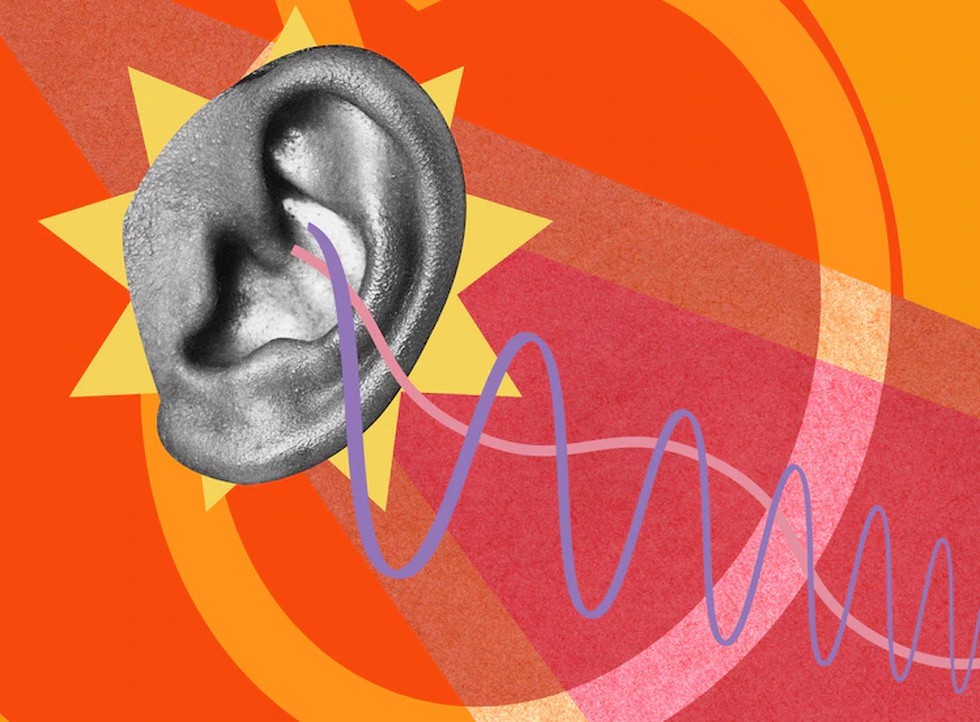
Sensorineural deafness

24.06.2024
Sensorineural deafness
|
For Prelims: About Sensorineural deafness, Causes of Sensorineural deafness |
Why in the news?
Recently, bollywood playback singer Alka Yagnik has been diagnosed with Sensorineural deafness.
About Sensorineural deafness:
- It is a type of hearing loss caused by damage to the inner ear or the nerve pathways that transmit sound from the ear to the brain.
- Although sensorineural hearing loss (SNHL) is a natural process of ageing, listening to very loud music can also cause permanent damage to the inner ear or the auditory nerve.
- Within the human inner ear, a spiral-shaped organ called the cochlea contains tiny hairs known as these hairs are responsible for converting vibrations from sound waves into neural signals, which your auditory nerve then transmits to your brain.
Causes of Sensorineural deafness
- Congenital Factors: Genetic factors or complications during pregnancy or childbirth.
- Noise Exposure: Prolonged exposure to loud noise can damage inner ear hair cells, leading to noise-induced hearing loss.
- Ageing: Natural ageing processes can damage or destroy hair cells in the inner ear.
- Infections and Diseases: Conditions like meningitis, mumps, measles, and autoimmune diseases like Meniere's disease.
- Trauma: Head injuries or inner ear trauma.
- Ototoxic Medications: Certain antibiotics and chemotherapy drugs.
Symptoms
- Difficulty understanding speech
- Muffled or distorted sounds.
- Ringing, buzzing, or hissing in the ears.
- Difficulty hearing high-pitched sounds.
- Balance issues.
Source: India Today
Ques :- Consider the following statements with reference to the Sensorineural deafness:
Statement-I
It is caused due to prolonged exposure to loud noise.
Statement-II
It can occur in persons who are infected with meningitis and mumps.
Which one of the following is correct in respect of the above statements?
- Both Statement-I and Statement-II are correct, and Statement-II is the correct explanation for Statement-I.
- Both Statement-I and Statement-II are correct, and Statement-II is not the correct explanation for Statement-I.
- Statement-I is correct, but Statement-II is incorrect.
- Statement-I is incorrect, but Statement-II is correct.
Answer A